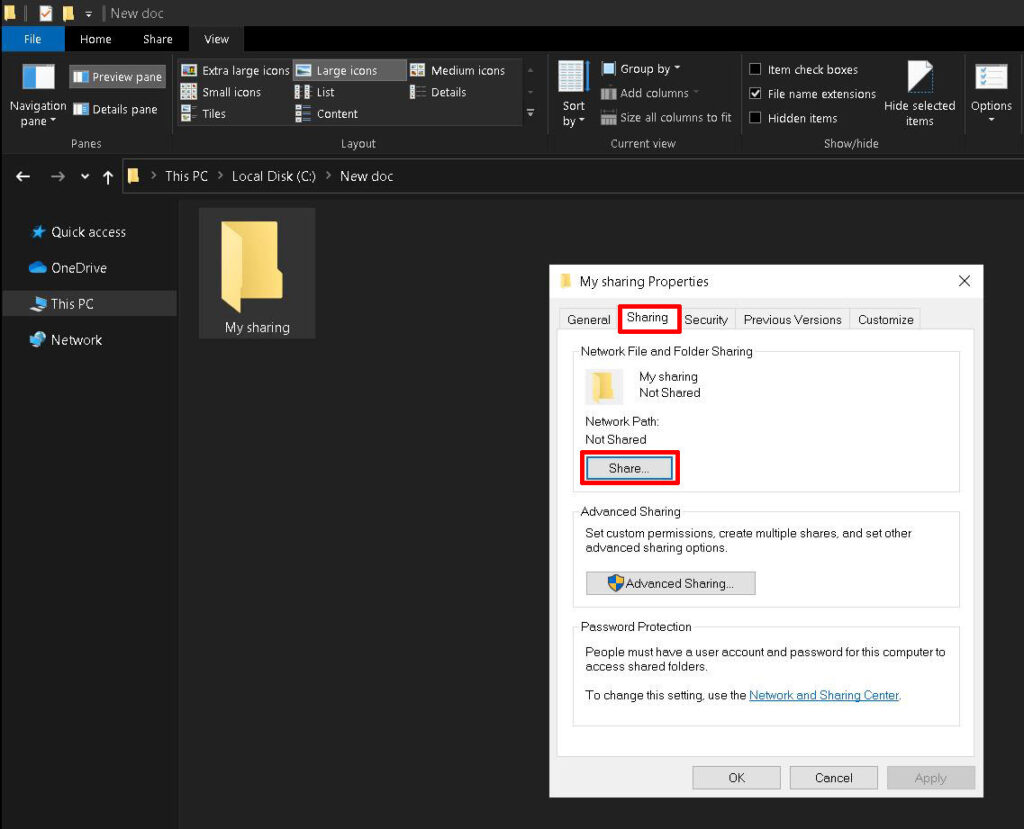
To get a list of allowed user types: pdbedit -L -v Enter the password you want to use to log in to Samba. This is a completely new password it is not the current password for your account. Add your Linux user to the set by typing: smbpasswd -a Samba uses a set of users and passwords that have permission to connect. If your Linux distribution is protected by SELinux (as Fedora is), you have to enable Samba to be able to access the user's home directory: setsebool -P samba_enable_home_dirs onĬheck that the value is set by typing: getsebool samba_enable_home_dirs You can find a detailed description of the parameters in the smb.conf section of the project's website. If not, this minimal configuration should do the job: Samba is a system daemon, and its configuration file is located in /etc/samba/smb.conf. Start on your Linux system by installing Samba: dnf install samba This section explains how to access a user's Linux home directory from Windows File Explorer. Don't consider this article a guideline for your corporate network, as it doesn't implement the necessary cybersecurity considerations.

Mount.cifs is part of the Samba suite and allows you to mount the CIFS filesystem under Linux.Ĭaution: These instructions are for sharing files within your private local network or in a virtualized host-only network between a Linux host machine and a virtualized Windows guest. Samba is the Linux implementation of the SMB/CIFS protocol, allowing direct access to shared folders and printers over a network. This article explains how to set up file access between Linux ( Fedora 33) and Windows 10 using Samba and mount.cifs. If you work with different operating systems, it's handy to be able to share files between them.


 0 kommentar(er)
0 kommentar(er)
